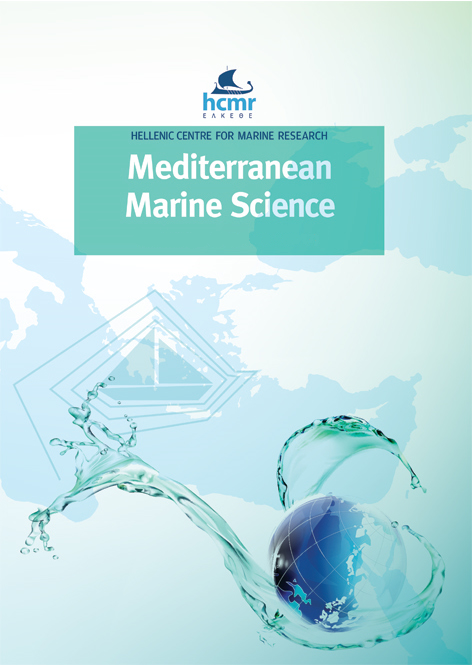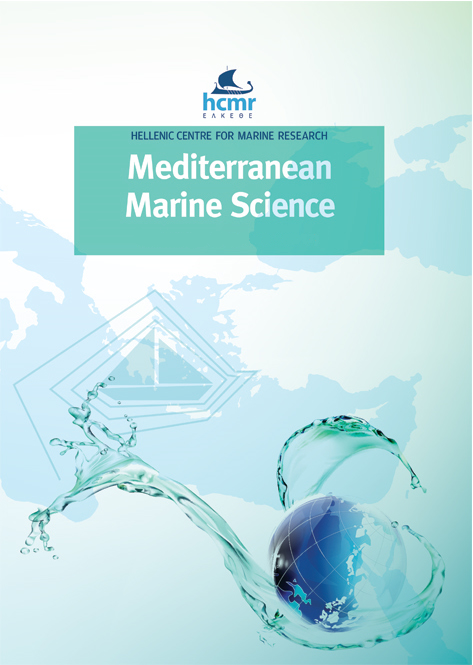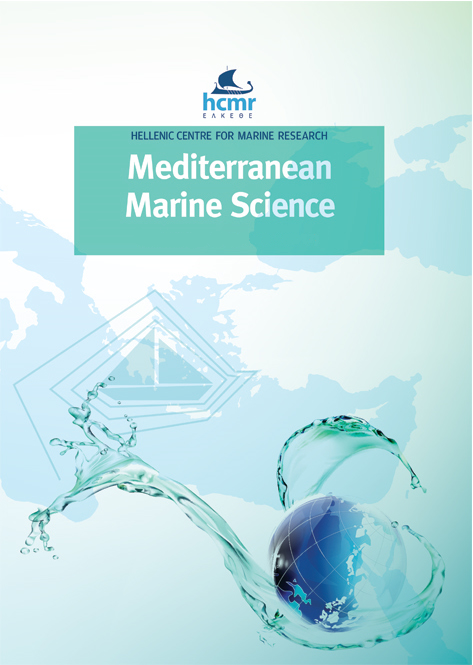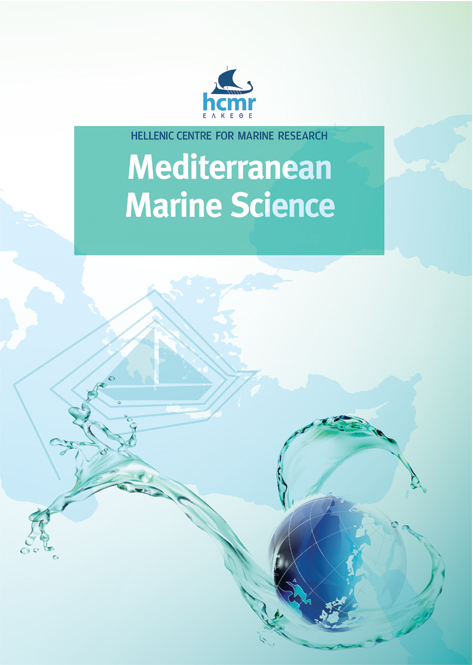Spatial and temporal distribution of mesozooplankton in the coastal waters of Cyprus (Eastern Mediterranean)
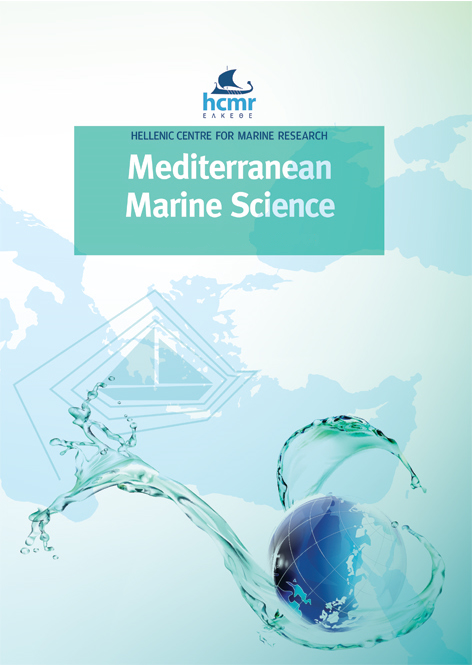
Περίληψη
This study provides elements on the spatial and temporal mesozooplankton variability during a three-year study, encompassing vertical hauls from 50 m deep to the surface from four coastal locations of Cyprus. The total mesozooplankton abundance fluctuated between 190.4 and 882.5 individuals m-3. A total of 90 holoplanktonic and meroplanktonic taxa were recorded. Copepods dominated in the community and accounted for 71.7% of the total mesozooplankton, followed by appendicularians, molluscs, cladocerans, and siphonophores, which contributed 8.04%, 5.48%, 4.60%, and 3.31%, respectively. There were no statistically significant differences among the four sampling sites for any of the mesozooplanktonic taxa, though seasonal and interannual differences were recorded for several of them. The community composition reinforced the evidence for a higher resemblance of the Cyprus mesozooplankton to the offshore communities of the northern and central Levantine Sea and those around Rhodes Island, instead of the northeastern Mediterranean coastal areas. Comparisons of the seasonal abundance variation of the mesozooplankton taxa with other coastal areas of the Levantine Sea are provided. Considering the seasonality of the mesozooplankton, there was a separation of the taxa into distinct groups representing the summer, the winter-spring, and the autumn periods. The temperature was the most important variable that shaped the formation of the distinct seasonal groups of taxa, while chlorophyll-α, dissolved oxygen, and salinity contributed to a lesser extent. Chlorophyll-α concentrations verified the oligotrophic character of the area and seem to be unaffected by inland inputs. The mesozooplankton community showed a spatial consistency, probably as the result of the open sea influence, and seems to be regulated mainly by the properties of the central Levantine pelagic waters and less by terrestrial inputs of inland waters.
Λεπτομέρειες άρθρου
- Πώς να δημιουργήσετε Αναφορές
-
Vasilopoulou, G., Kehayias, G., Kletou, D., Kleitou, P., Antoniadis, K., Rousou, M., Papadopoulos, V., Polykarpou, P., & Tsiamis, G. (2022). Spatial and temporal distribution of mesozooplankton in the coastal waters of Cyprus (Eastern Mediterranean). Mediterranean Marine Science, 23(3). https://doi.org/10.12681/mms.28702
- Ενότητα
- Research Article
Authors who publish with this journal agree to the following terms:
- Authors retain copyright and grant the journal right of first publication with the work simultaneously licensed under a Creative Commons Attribution Non-Commercial License that allows others to share the work with an acknowledgement of the work's authorship and initial publication in this journal.
- Authors are able to enter into separate, additional contractual arrangements for the non-exclusive distribution of the journal's published version of the work (e.g. post it to an institutional repository or publish it in a book), with an acknowledgement of its initial publication in this journal.
- Authors are permitted and encouraged to post their work online (preferably in institutional repositories or on their website) prior to and during the submission process, as it can lead to productive exchanges, as well as earlier and greater citation of published work (See The Effect of Open Access).







